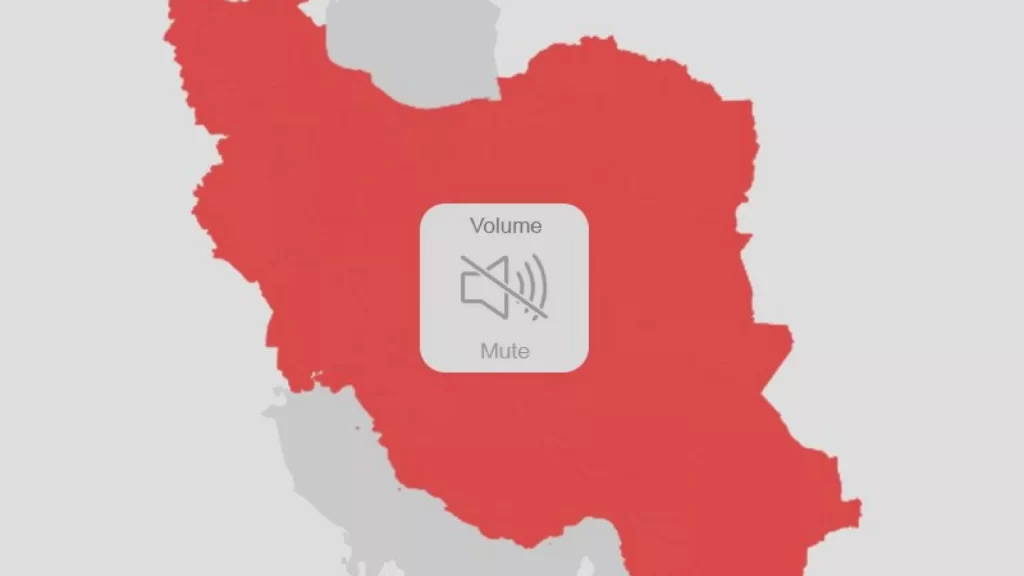In June 2025, as missiles flew between Iran and Israel, the Iranian government did something drastic—it cut off the nation’s internet. Millions of citizens woke up to a digital void, unable to message loved ones, access news, or connect with the world. This Iran internet shutdown wasn’t a glitch but a calculated move to control information and stifle dissent during a time of war and internal tension. The blackout, one of the most severe in recent memory, has left Iranians grappling with isolation and sparked global concern about digital rights. Let’s explore how Iran pulled off this shutdown, its devastating effects, and the ways people are fighting to stay connected.
How Iran Shut Down the Internet
A Web of Control
Iran’s government used a sophisticated arsenal to plunge the country into digital darkness:
- Throttling and Blocking: International internet traffic was choked to near-zero levels, with gateways and virtual servers heavily restricted.
- Nationwide Orders: The blackout, starting June 17, 2025, was justified as a defense against alleged foreign cyberattacks during the conflict with Israel.
- State-Controlled Intranet: Iran’s National Information Network became a digital fortress, filtering out most external connections and limiting access to government-approved sites.
By June 21, connectivity had plummeted to just a fraction of normal levels, with some areas offline for over 13 days.
A Longstanding Playbook
This isn’t Iran’s first rodeo. The regime has a history of internet blackouts, like the week-long shutdown during 2019 protests. But the 2025 blackout stands out for its duration and intensity, showcasing a refined “kill switch” system designed to isolate Iran’s 85 million people during crises.
Why Now? The Perfect Storm
War with Israel
The Iran internet shutdown kicked off amid escalating hostilities with Israel. From June 14 to June 24, 2025, the two nations traded missile strikes, with Iran targeting Israeli cities and Israel hitting Iran’s nuclear and military sites. The blackout likely aimed to:
- Block real-time news about the conflict from reaching citizens.
- Prevent anti-government protests or online dissent.
- Thwart potential cyberattacks or leaks, as Iran claimed Israel was exploiting its networks.
The timing suggests a desperate bid to control the narrative during a national crisis.
Domestic Tensions
Inside Iran, political fault lines are deepening. Hardliners are pushing for nuclear escalation, while reformist voices call for restraint. The blackout may have been a preemptive strike to silence public debate and keep reformist ideas from spreading online, especially as the regime grapples with war-related economic strain.
The Fallout: Life Without the Internet
A Nation Disconnected
The blackout upended daily life for millions:
- No Communication: Messaging apps like WhatsApp and Telegram went dark, leaving families unable to check on each other.
- Information Vacuum: Citizens were cut off from global news, forced to rely on state media for updates on the war.
- Economic Paralysis: Online businesses, from shops to freelancers, stalled, worsening Iran’s economic woes.
- Safety Risks: With missile strikes ongoing, limited internet access made it harder to get timely safety alerts.
Young people, in particular, described feeling trapped in a “digital prison,” cut off from the world they rely on.
The Emotional Toll
The prolonged blackout took a psychological hit. Students lost access to online learning, activists were muted, and families abroad couldn’t reach relatives. The lack of reliable information bred fear and confusion, with many desperate for any scrap of news about the conflict.

Resistance: Breaking Through the Blackout
Tech Workarounds
Iranians have shown resilience in the face of censorship:
- Satellite Internet: Some turned to satellite services to bypass terrestrial networks, though access is limited and expensive.
- Advanced VPNs: Tech-savvy users employed multi-hop VPNs to route traffic through multiple servers, but connections were often unstable.
- Proxy Networks: People abroad shared proxy links to help those in Iran access blocked sites, despite slow speeds.
These efforts, while heroic, reached only a small fraction of the population.
Global Solidarity
Activists and Iranians abroad have rallied to keep the issue in the spotlight. Campaigns are pushing for international action to restore access, while tech groups are offering free VPNs and satellite solutions. By June 21, partial connectivity returned in some areas, hinting that pressure might be forcing the regime’s hand.
What It Means for the Future
A Warning for Digital Freedom
Iran’s ability to disconnect an entire nation highlights a growing threat: governments using internet blackouts as a weapon. Similar tactics have been seen in other countries facing unrest, raising alarms about the future of online freedom. This blackout underscores the need for censorship-resistant tech, like decentralized networks.
Iran’s Bigger Game
The Iran internet shutdown ties into Iran’s nuclear ambitions and regional power plays. With its nuclear sites damaged but operational, the regime may be using the blackout to hide recovery efforts or rally support for its hardline policies. This could escalate global tensions, especially if Iran pushes closer to nuclear capability.
The Fight for Connection
The Iran internet shutdown of June 2025 is a chilling reminder of how far governments will go to control their people. By cutting off the internet, Iran’s regime silenced voices, isolated families, and hid the truth during a war with Israel. Yet, Iranians are fighting back, using satellite internet, VPNs, and global support to reclaim their digital freedom. This blackout is a wake-up call for the world to protect open internet access and support Iran’s citizens in their struggle to stay connected. As the regime tightens its grip, the resilience of the Iranian people shines through, proving that even in darkness, the human spirit seeks light.




